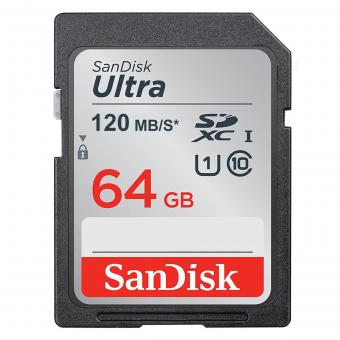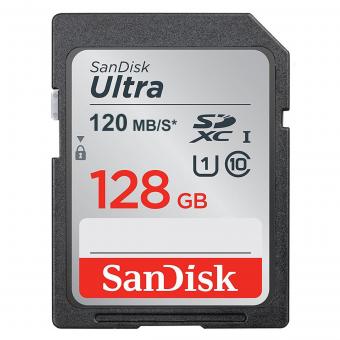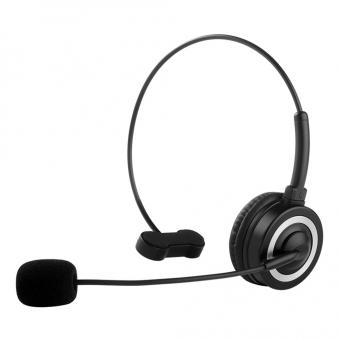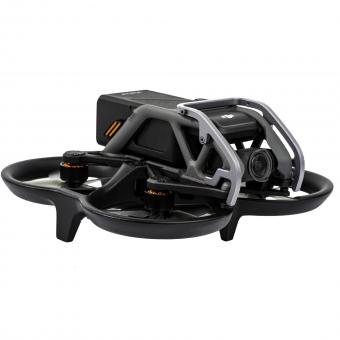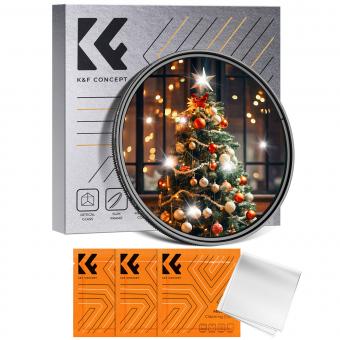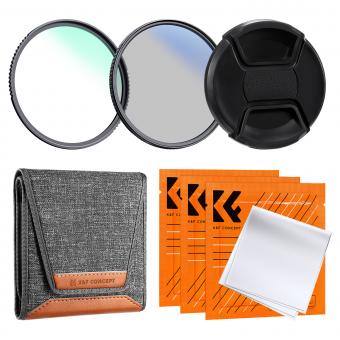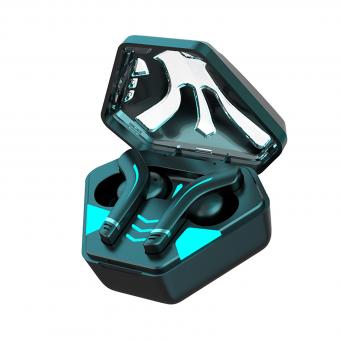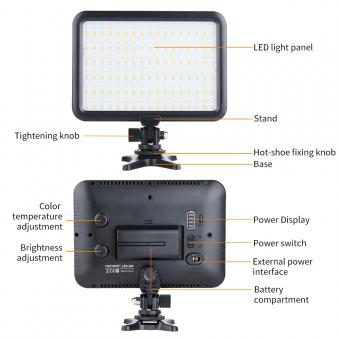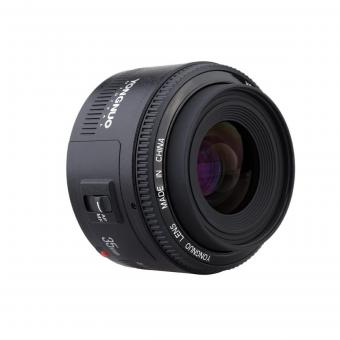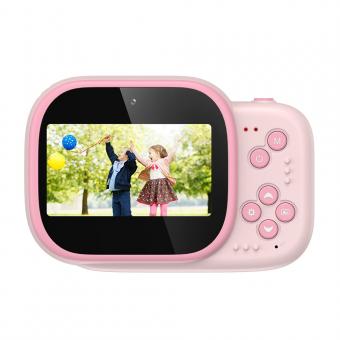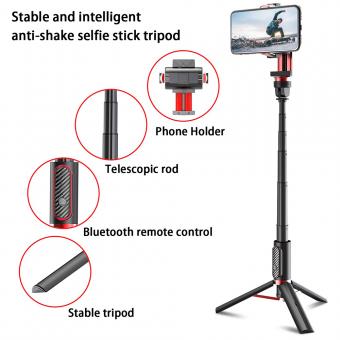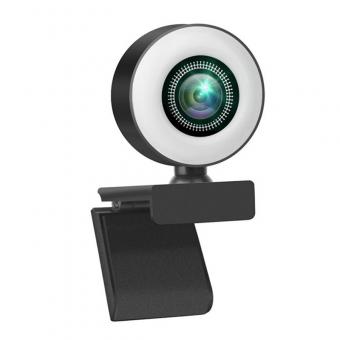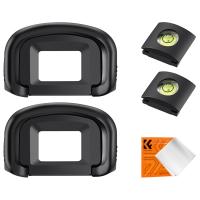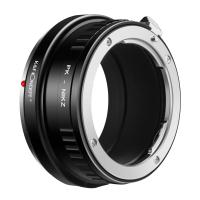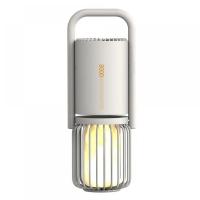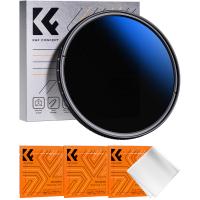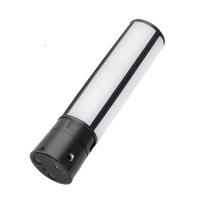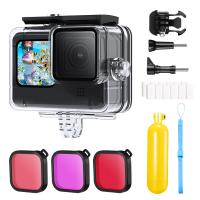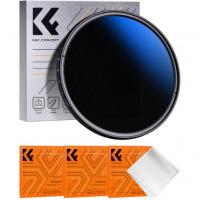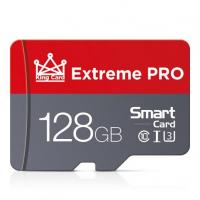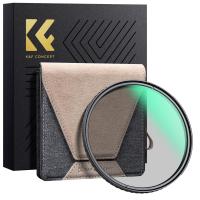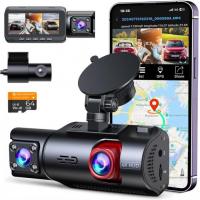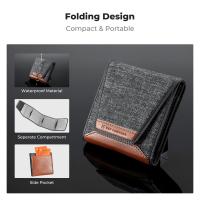How Do Camcorders Work?
Camcorders have been a staple in capturing life's moments for decades, evolving from bulky, tape-based devices to sleek, digital wonders. Understanding how camcorders work can help you make informed decisions when purchasing one and can also enhance your ability to use them effectively. This article delves into the mechanics of camcorders, breaking down their components, functionality, and the technology that makes them tick.
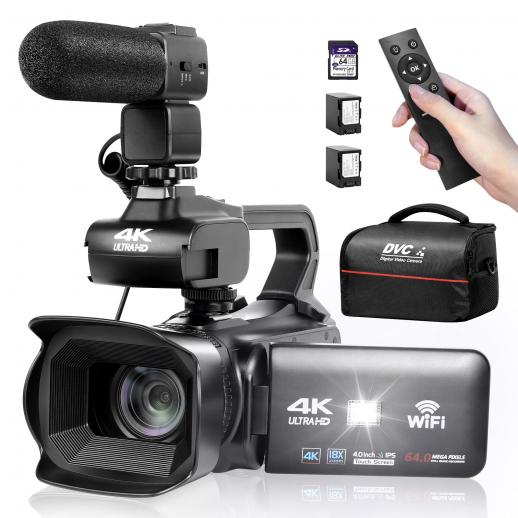
The Basics of Camcorders
At their core, camcorders are devices designed to capture video and audio. They combine the functions of a video camera and a video recorder into one unit. The primary components of a camcorder include the lens, image sensor, viewfinder or LCD screen, microphone, and storage medium. Each of these components plays a crucial role in the camcorder's operation.
The Lens
The lens is the first point of contact for light entering the camcorder. It focuses light onto the image sensor, much like the lens of a still camera. Modern camcorders often come with zoom lenses, allowing users to magnify distant subjects. The quality of the lens significantly impacts the overall video quality, with higher-end camcorders featuring lenses with better glass and coatings to reduce aberrations and enhance clarity.
Image Sensor
Once light passes through the lens, it hits the image sensor. The image sensor is a critical component that converts light into electrical signals. There are two main types of image sensors used in camcorders: CCD (Charge-Coupled Device) and CMOS (Complementary Metal-Oxide-Semiconductor).
- CCD Sensors: Known for their high-quality images and excellent low-light performance, CCD sensors are often found in professional-grade camcorders. However, they consume more power and are generally more expensive to produce.
- CMOS Sensors: These are more common in consumer camcorders due to their lower cost and power consumption. CMOS sensors have improved significantly over the years and now offer excellent image quality, making them a popular choice for both amateur and professional videographers.
Viewfinder and LCD Screen
The viewfinder and LCD screen allow users to see what they are recording. The viewfinder is typically an eyepiece that provides a direct view of the scene, while the LCD screen offers a larger, more flexible display. Many modern camcorders feature touch-screen LCDs, enabling users to navigate menus and settings with ease.
Microphone
Audio is a crucial part of video recording, and camcorders come equipped with built-in microphones to capture sound. Higher-end models may offer advanced audio features, such as external microphone inputs, manual audio level controls, and wind noise reduction. Some camcorders also feature multiple microphones to capture stereo sound or to focus on specific audio sources.
Storage Medium
The storage medium is where the recorded video and audio are saved. Early camcorders used magnetic tapes, but modern devices typically use digital storage solutions such as SD cards, internal hard drives, or solid-state drives (SSDs). Digital storage offers several advantages, including higher capacity, faster data transfer rates, and easier file management.
How Camcorders Capture Video
The process of capturing video with a camcorder involves several steps:
1. Light Entry: Light enters through the lens and is focused onto the image sensor.
2. Image Conversion: The image sensor converts the light into electrical signals. These signals represent the brightness and color information of the scene.
3. Signal Processing: The camcorder's internal processor takes the electrical signals from the image sensor and converts them into a digital video format. This process may involve compression to reduce file size while maintaining quality.
4. Audio Capture: Simultaneously, the built-in microphone captures audio, which is also converted into a digital format.
5. Synchronization: The video and audio data are synchronized and combined into a single file.
6. Storage: The final video file is saved to the camcorder's storage medium.
Advanced Features in Modern Camcorders
Modern camcorders come with a plethora of advanced features that enhance their functionality and usability. Some of these features include:
- Image Stabilization: This technology helps reduce camera shake, resulting in smoother video. There are two main types of image stabilization: optical and digital. Optical stabilization uses physical mechanisms within the lens or sensor to counteract movement, while digital stabilization uses software algorithms to achieve a similar effect.
- Autofocus: Autofocus systems automatically adjust the lens to keep the subject in focus. Advanced camcorders may offer multiple autofocus modes, such as face detection, object tracking, and manual focus override.
- High-Definition (HD) and 4K Recording: Many modern camcorders support HD (1080p) and 4K (2160p) video recording, providing higher resolution and better detail. Some models even offer higher frame rates for smooth slow-motion playback.
- Wi-Fi and Bluetooth Connectivity: These features allow users to transfer videos wirelessly to other devices, stream live video, or control the camcorder remotely using a smartphone or tablet.
- Manual Controls: For advanced users, manual controls for exposure, white balance, and focus provide greater creative flexibility. These controls allow videographers to fine-tune their settings to achieve the desired look and feel.
Choosing the Right Camcorder
When selecting a camcorder, consider the following factors:
- Purpose: Determine what you will primarily use the camcorder for. Are you recording family events, creating professional content, or capturing action sports? Your intended use will guide your choice of features and specifications.
- Budget: Camcorders come in a wide range of prices. Set a budget and look for models that offer the best value within your price range. Keep in mind that higher-end models often come with advanced features that may be worth the investment.
- Image Quality: Look for camcorders with high-quality lenses and image sensors. Higher resolution (HD or 4K) and good low-light performance are essential for capturing clear, detailed video.
- Audio Quality: Consider camcorders with good built-in microphones and options for external audio inputs. Clear audio is crucial for professional-quality video.
- Portability: If you plan to carry your camcorder frequently, look for a compact and lightweight model. Some camcorders are designed specifically for travel or action sports and offer rugged, waterproof designs.
- Battery Life: Longer battery life is essential for extended recording sessions. Check the camcorder's battery specifications and consider purchasing additional batteries if needed.
Understanding how camcorders work can significantly enhance your ability to choose the right device and use it effectively. From the lens and image sensor to advanced features like image stabilization and 4K recording, each component plays a vital role in capturing high-quality video. By considering your specific needs and budget, you can find a camcorder that meets your requirements and helps you create stunning video content. Whether you're a casual user or a professional videographer, the right camcorder can make all the difference in preserving and sharing your memories.


